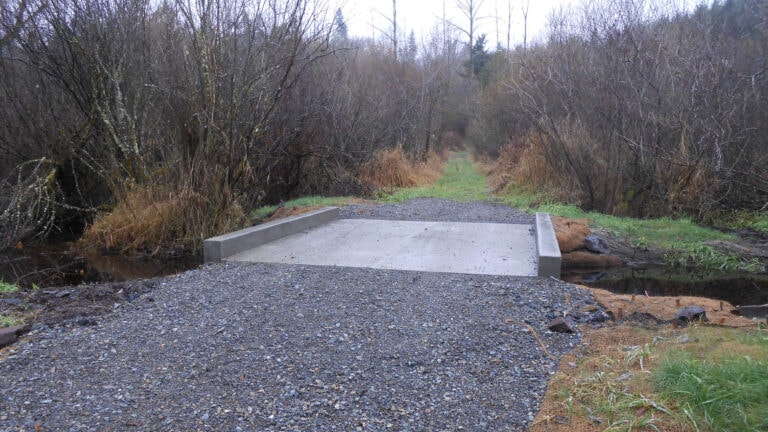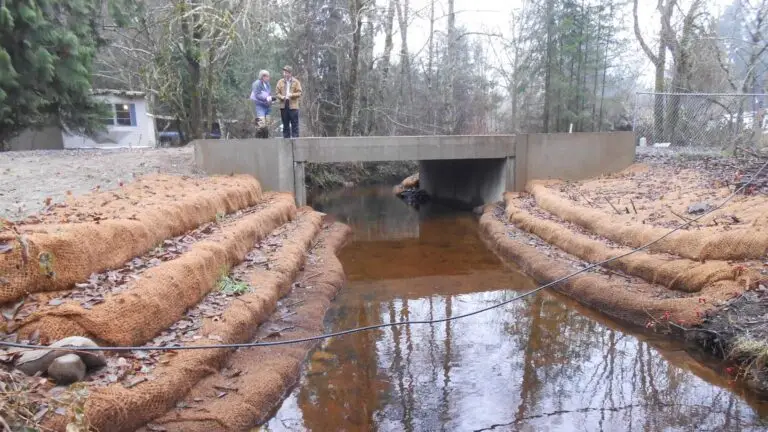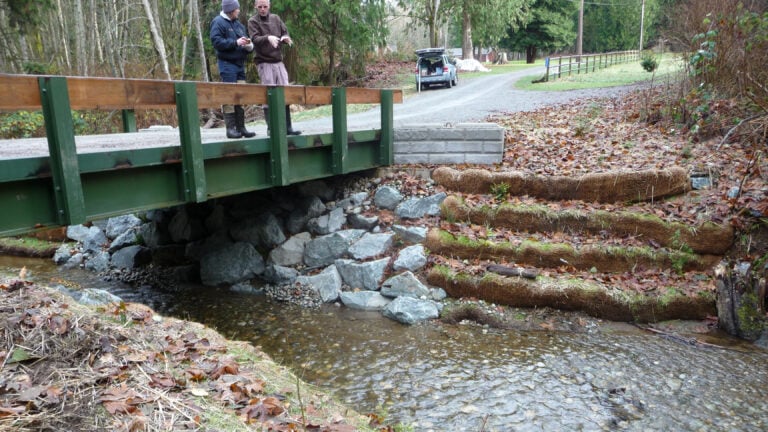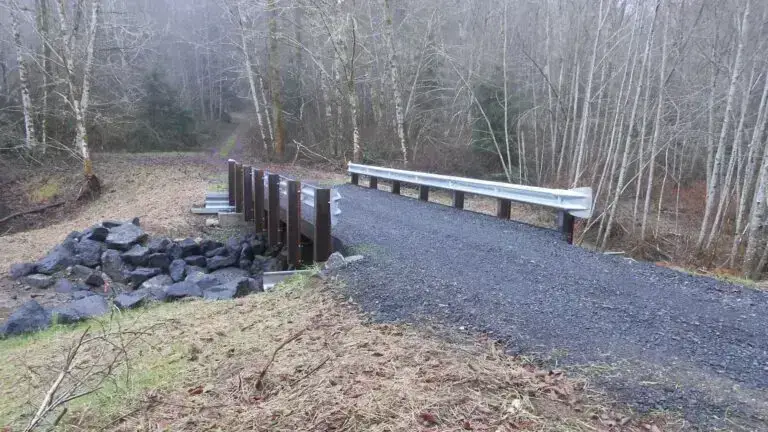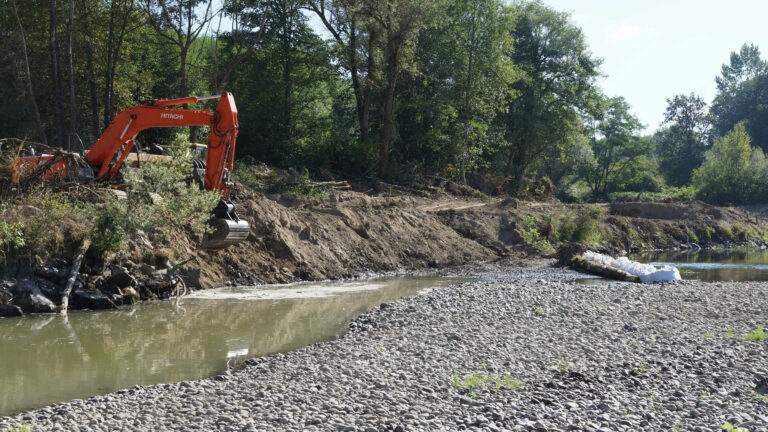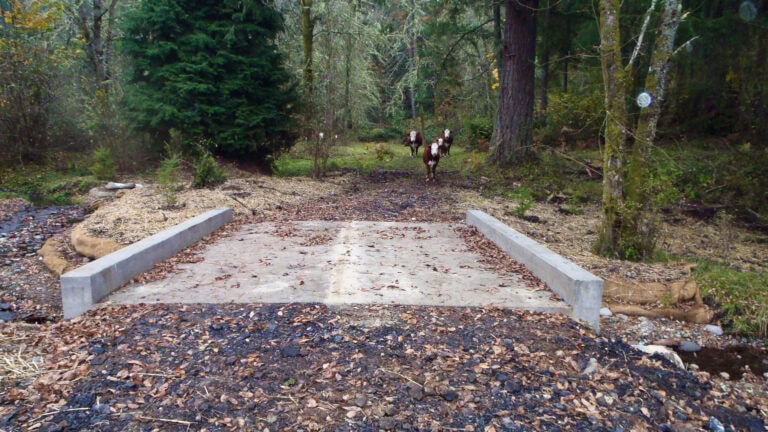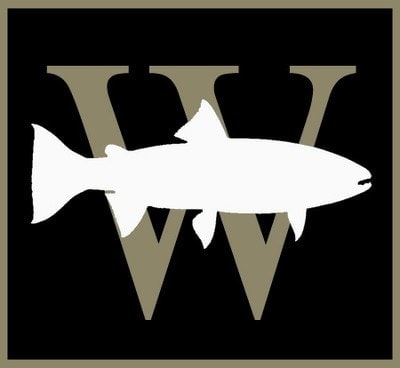Despite hundreds of millions of dollars invested annually to
protect and recover declining fish populations in the Northwest, many
fundamental questions regarding our region’s wild fish resources remain unanswered.
Existing assumptions have too often been made in lieu of empirical study. Testing those assumptions drives Wild Fish Conservancy’s research and monitoring program.
We conduct research and monitoring projects in rivers, on lakes, and in near-shore marine habitats, at sites heavily impacted by human activity and in pristine areas untouched by development. We document the abundance and diversity of targeted species, their behavioral patterns, and geographic distribution. We study salmon spawning activity, fish passage at road crossings, water diversions, and agricultural pump facilities, and interactions between wild and hatchery fish.
